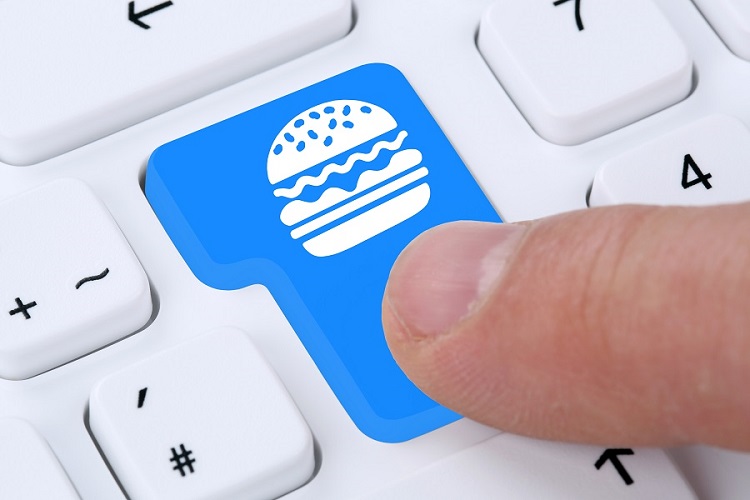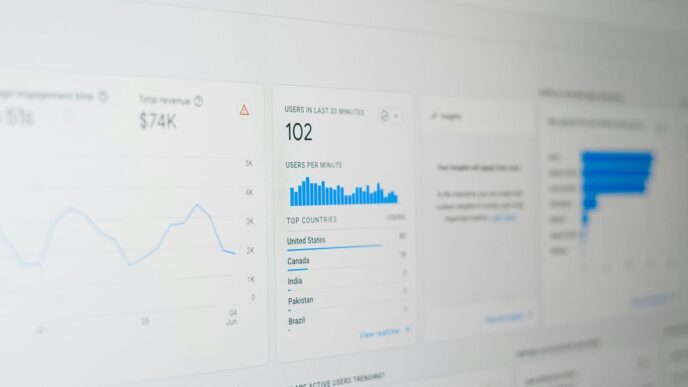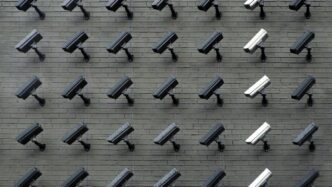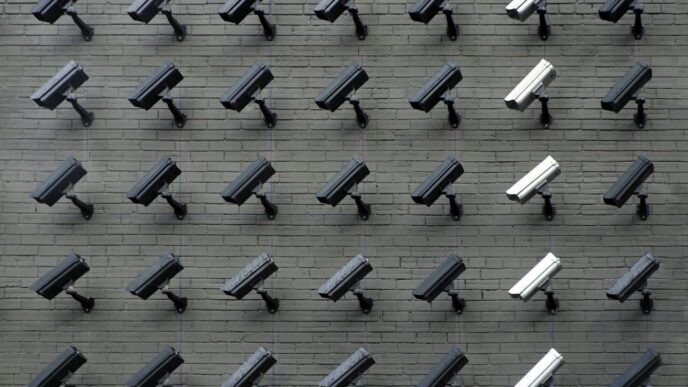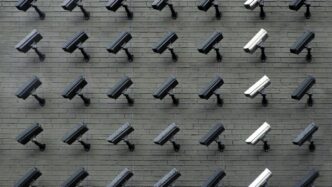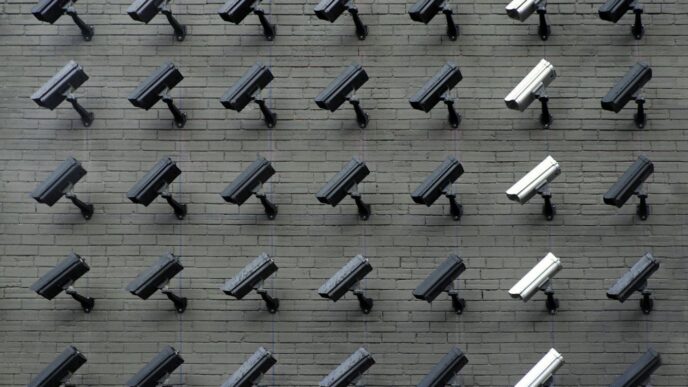The hospitality and retail industries have undergone a dramatic transformation in recent years. At the heart of this evolution is the digital ordering system, a tool that has reshaped how customers interact with businesses. Once a novelty, contactless technology has now become the norm—and it’s clear this trend is here to stay.
The Rise of the Digital Ordering System
The acceleration of digital ordering began during the COVID-19 pandemic, when safety and convenience became top priorities. From restaurants to coffee shops, and from grocery stores to cinemas, the shift toward contactless service was not just a temporary fix but a long-term strategic move.
A digital ordering system allows customers to browse menus, place orders, and make payments directly from their smartphones or kiosks—without having to wait in line or engage in face-to-face interactions. This frictionless experience has proven to be faster, more accurate, and more scalable than traditional methods.
Why Digital Ordering Is More Than a Trend
1. Consumer Expectations Have Changed
Today’s consumers demand speed, convenience, and personalization. Digital ordering systems meet these expectations by offering:
- Customisable menus and dietary filters.
- Real-time updates on order status.
- Loyalty integrations and personalized promotions.
Once customers experience the ease of ordering digitally, they are unlikely to go back.
2. Operational Efficiency for Businesses
Digital ordering streamlines operations by:
- Reducing errors associated with handwritten or verbal orders.
- Freeing up staff to focus on service and food preparation.
- Integrating seamlessly with POS, inventory, and analytics platforms.
Restaurants and retailers using a digital ordering system have reported higher order values and improved staff productivity.
3. Data-Driven Insights
Every tap and scroll generates valuable customer data. This includes:
- Popular menu items.
- Peak order times.
- Repeat customers.
Businesses can use these insights to optimize their offerings, improve inventory management, and launch targeted marketing campaigns.
Use Cases Across Industries
Hospitality
In quick-service and full-service restaurants, digital menus and table QR codes are now standard. Guests can order at their own pace, split bills, and reorder without waiting for a server.
Retail
Retailers are adopting self-checkout kiosks and scan-to-pay apps, offering customers a seamless, contactless shopping experience.
Entertainment & Events
Cinemas, stadiums, and festivals use digital ordering to eliminate long queues, enabling food and merchandise orders directly from seats or lounges.
Travel & Accommodation
Hotels now offer room service and concierge requests via mobile apps. Airports use digital ordering to serve travellers on the go, reducing wait times and improving passenger satisfaction.
Benefits of a Digital Ordering System
- Contactless and hygienic – Crucial in post-pandemic operations.
- Scalable – Easily adjusted for peak hours or large crowds.
- Integrated marketing – Built-in upselling, cross-selling, and loyalty tools.
- Improved accuracy – Orders go straight from the customer to the kitchen or service queue.
Addressing Common Concerns
Some businesses worry that digital systems might reduce human interaction. However, the opposite often occurs by automating routine tasks, staff can focus more on hospitality and building relationships with guests.
Moreover, modern systems are designed with accessibility in mind—offering language options, text-to-speech, and user-friendly interfaces for all age groups.
The Future Outlook
As AI and machine learning continue to advance, digital ordering systems will become even more intelligent. Expect features such as:
- Predictive ordering based on customer history.
- Voice-activated ordering via smart devices.
- Deeper personalization that adapts to preferences in real time.
The next generation of digital ordering will not just respond to demand—it will anticipate it.
Final Thoughts
The digital ordering system is no longer an optional extra—it’s a competitive necessity. Whether you’re a small café or a global brand, adopting digital ordering can lead to greater efficiency, higher customer satisfaction, and sustainable growth.
As businesses navigate the ever-evolving landscape of consumer expectations and technology, one thing is clear: the future is contactless, and digital ordering is here to stay.


